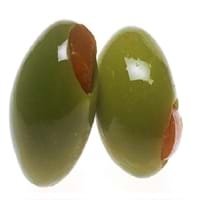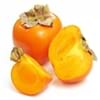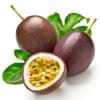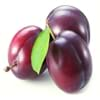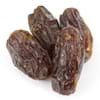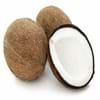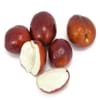Health Benefits
Cancer prevention, Helps in cartilage regeneration, Prevents macular degeneration, Treatment of alzheimer's disease
Anti-oxidant properties, Anti-inflammatory properties, Cancer prevention, Maintains healthy cholesterol level, Reduces blood circulation problems, Treatment of cough, fever & sore throat, Treatment of Hypertension
General Benefits
Anti oxidant properties, Anti-inflammatory properties, Boosts immune system, Controls blood pressure, Digestive aid, Maintains healthy cholesterol level
Treatment of asthma, Treatment of cataract, Treatment of hepatitis, Treatment of macular degeneration, Treatment of neurodegenerative diseases
Skin Benefits
Hydrates skin, Skin rejuvenation, Treatment of skin diseases
Treatment of Rheumatism & Dermatitis, Treatment of Skin Inflammation
Hair Benefits
Acts as moisturizer, Good conditioner, Regulates hair growth
Unknown
Side Effects
Affects blood glucose levels, Dizziness, Stomach pain
Hypertension, Ventricular Tachycardia
Best Time to Eat
Hardly eaten raw, Olive oil is consumed for many purposes.
As a snack in the late afternoon, Eat the fresh ones, avoid mixing with any other foods, don't eat after meal., Morning time (before lunch), Strictly avoid empty stomach
Vitamin B5 (Pantothenic Acid)
Not Available
Vitamin B6 (Pyridoxin)
Not Available
Vitamin B9 (Folic acid)
Not Available
Vitamin C (Ascorbic Acid)
Vitamin K (Phyllochinone)
Not Available
Lutein+Zeaxanthin
Not Available
Water Content
Not Available
Calories in Fresh Fruit with Peel
Calories in Fresh Fruit without Peel
Not Available
Not Available
Calories in Frozen Form
Not Available
Not Available
Calories in Dried Form
Not Available
Calories in Canned Form
Not Available
Type
Tree fruit
Fruit vegetable
Season
Spring, Summer
Spring, Summer
Varieties
Manzanillo, Sevillano, Mission, Ascolano, Barouni, Gordal, Rubra and Picholine
Physalis franchetii, Physalis pruinosa, Physalis peruviana, Physalis heterophylla and Physalis philadelphica
Color
Black, Green, Purple, Yellow
Bright Yellow, Orange
Inside Color
Brown
Orange
Origin
Eastern Mediterranean Region
Chile, Peru
Soil Type
Well-drained
NA
Climatic Conditions
Warm to hot climate
NA
Facts about
- In ancient Greece, 1st eye shadow was made by adding olive oil in ground charcoal.
- The most expensive form of olive oil is Extra Virgin.
- Largest type of olive tree is known as donkey tree & smallest one is called bullet.
NA
Other Countries
Algeria, Egypt, Greece, Italy, Morocco, Portugal, Syria, Tunisia, Turkey
NA
Top Importer
United States of America
Netherlands
Top Exporter
Italy
Colombia
Botanical Name
Olea europaea
Physalis Peruviana
Synonym
Not Available
Alkekengi, Herschellia & Pentaphitrum
Subkingdom
Tracheobionta
Tracheobionta
Division
Magnoliophyta
Magnoliophyta
Class
Magnoliopsida
Magnoliopsida
Subclass
Rosidae
Asteridae
Family
Oleaceae
Solanaceae
Species
O. europaea
Physalis
Generic Group
Olive
Not Available
Difference Between Olive and Physalis
We might think that Olive and Physalis are similar with respect to nutritional value and health benefits. But the nutrient content of both fruits is different. Olive and Physalis Facts such as their taste, shape, color, and size are also distinct. The difference between Olive and Physalis is explained here.
The amount of calories in 100 gm of fresh Olive and Physalis with peel is 115.00 kcal and 77.00 kcal and the amount of calories without peel is Not Available and Not Available respectively. Thus, Olive and Physalis belong to and category.These fruits might or might not differ with respect to their scientific classification. The order of Olive and Physalis is Lamiales and Solanales respectively. Olive belongs to Oleaceae family and Physalis belongs to Solanaceae family. Olive belongs to Olea genus of O. europaea species and Physalis belongs to Physalis genus of Physalis species. Beings plants, both fruits belong to Plantae Kingdom.
